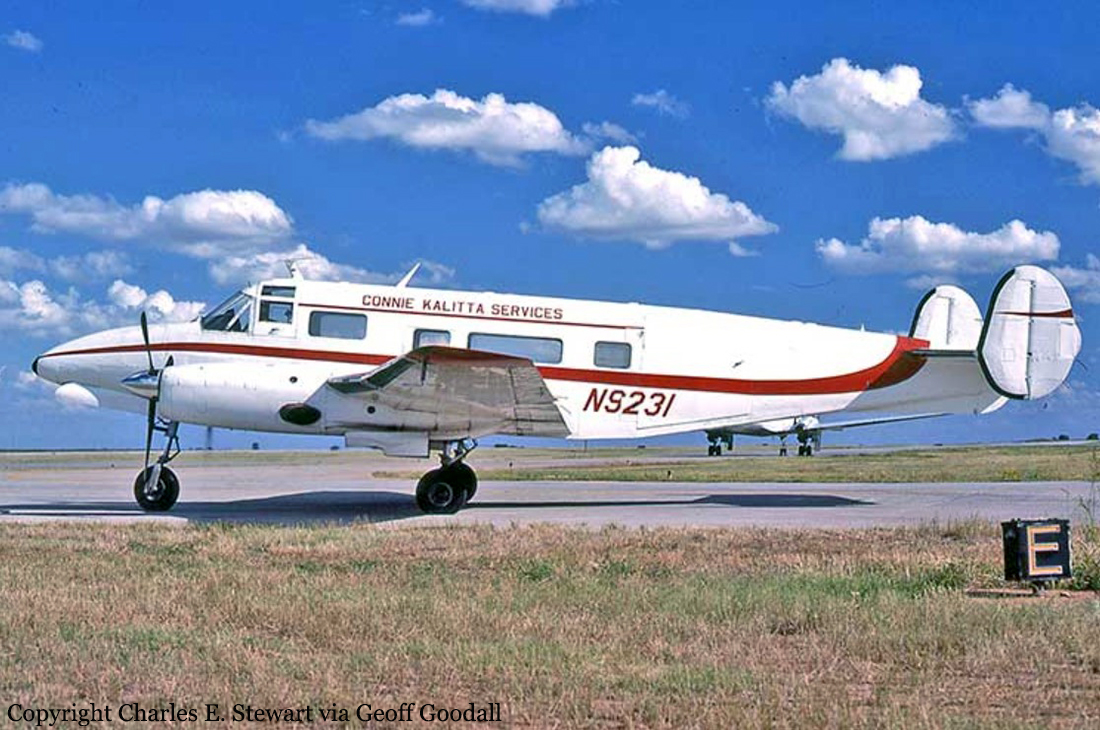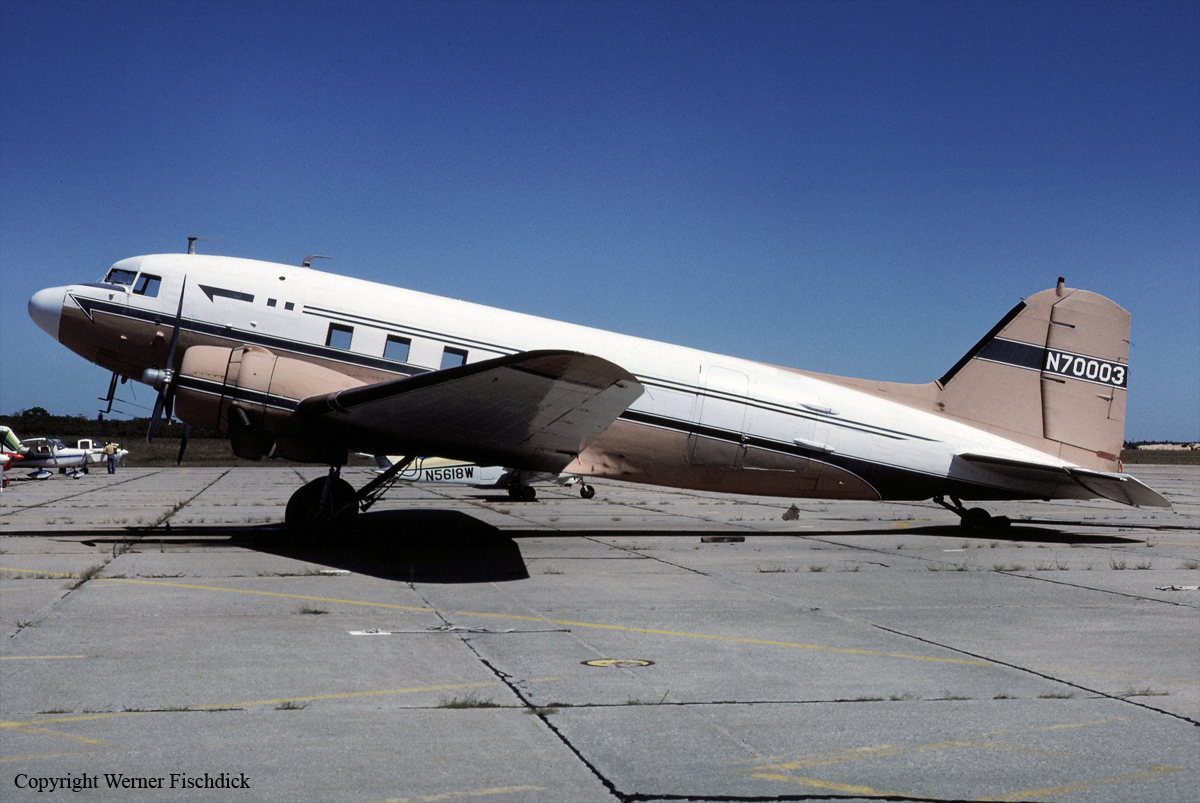Crash of a Rockwell Aero Commander 720 in Alcoa: 2 killed
Date & Time:
Dec 9, 1988 at 0600 LT
Registration:
N120G
Survivors:
No
Schedule:
Fort Lauderdale – Alcoa
MSN:
720-630-3
YOM:
1958
Crew on board:
1
Crew fatalities:
Pax on board:
1
Pax fatalities:
Other fatalities:
Total fatalities:
2
Circumstances:
After encountering icing conditions in flight and experiencing problems maintaining altitudes and headings, the pilot elected to divert from his planned destination of Dayton, OH to Knoxville, TN. While on final approach after descending 1,300 feet below minimum procedure turn altitude followed by being told the aircraft was well above the glideslope, ATC instructed the pilot to maintain 3,000 feet. Shortly thereafter, ATC reported the mode C indicated 1,900. The pilot responded with 'engine quit'. The aircraft crashed in a pasture about 1 mile from the airport. The investigation revealed that the aircraft was not equipped to operate in icing conditions. The evidence indicated that the flaps and landing gear were extended. Approximately 40 lbs of cocaine were found onboard the aircraft. The tox report for the pilot disclosed .05 mg/l benzoylecognite (cocaine metabolite) in his blood. The pilot had received a weather briefing which included a freezing level at 7,000 feet and filed a flight plan requesting a cruising altitude of 14,000 feet. Both occupants were killed.
Probable cause:
Occurrence #1: loss of engine power (total) - nonmechanical
Phase of operation: approach - iaf to faf/outer marker (ifr)
Findings
1. (f) weather condition - icing conditions
2. (f) weather evaluation - poor - pilot in command
3. 1 engine
4. (c) induction air control/system - ice
5. (c) in-flight planning/decision - poor - pilot in command
6. (f) impairment (drugs) - pilot in command
----------
Occurrence #2: loss of control - in flight
Phase of operation: missed approach (ifr)
Findings
7. (c) emergency procedure - improper - pilot in command
8. (f) gear retraction - not performed - pilot in command
9. (f) raising of flaps - not performed - pilot in command
----------
Occurrence #3: in flight collision with terrain/water
Phase of operation: descent - uncontrolled
Phase of operation: approach - iaf to faf/outer marker (ifr)
Findings
1. (f) weather condition - icing conditions
2. (f) weather evaluation - poor - pilot in command
3. 1 engine
4. (c) induction air control/system - ice
5. (c) in-flight planning/decision - poor - pilot in command
6. (f) impairment (drugs) - pilot in command
----------
Occurrence #2: loss of control - in flight
Phase of operation: missed approach (ifr)
Findings
7. (c) emergency procedure - improper - pilot in command
8. (f) gear retraction - not performed - pilot in command
9. (f) raising of flaps - not performed - pilot in command
----------
Occurrence #3: in flight collision with terrain/water
Phase of operation: descent - uncontrolled
Final Report:





